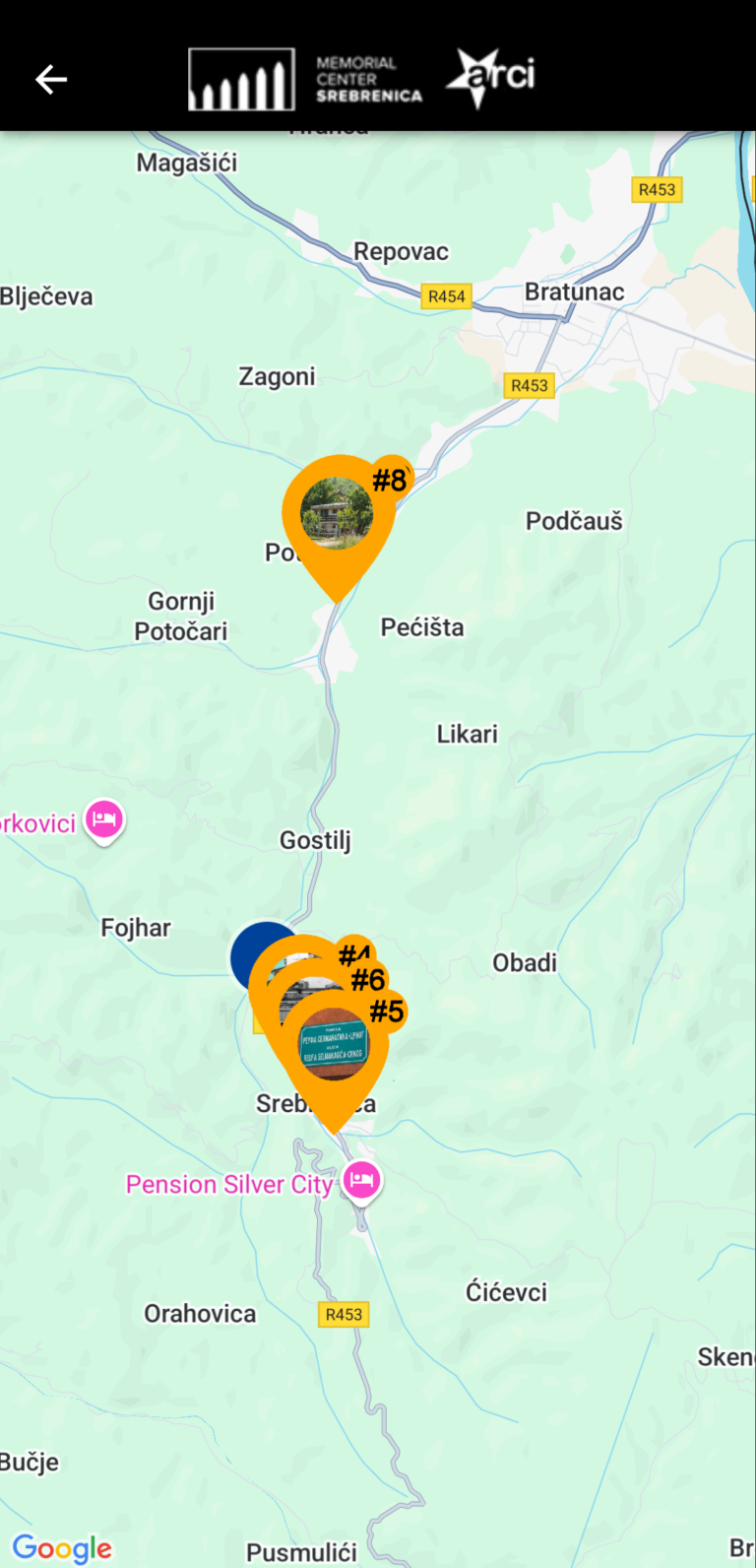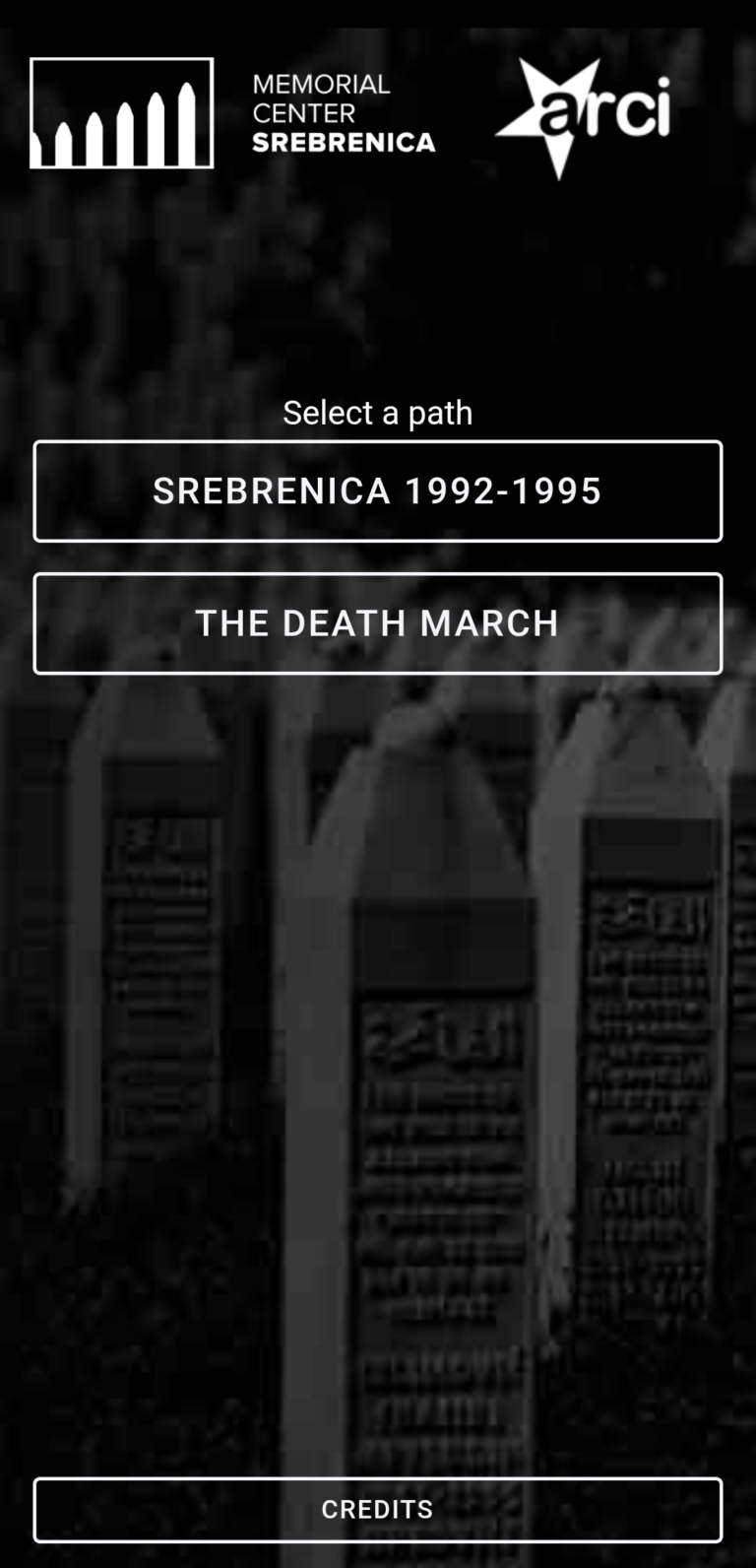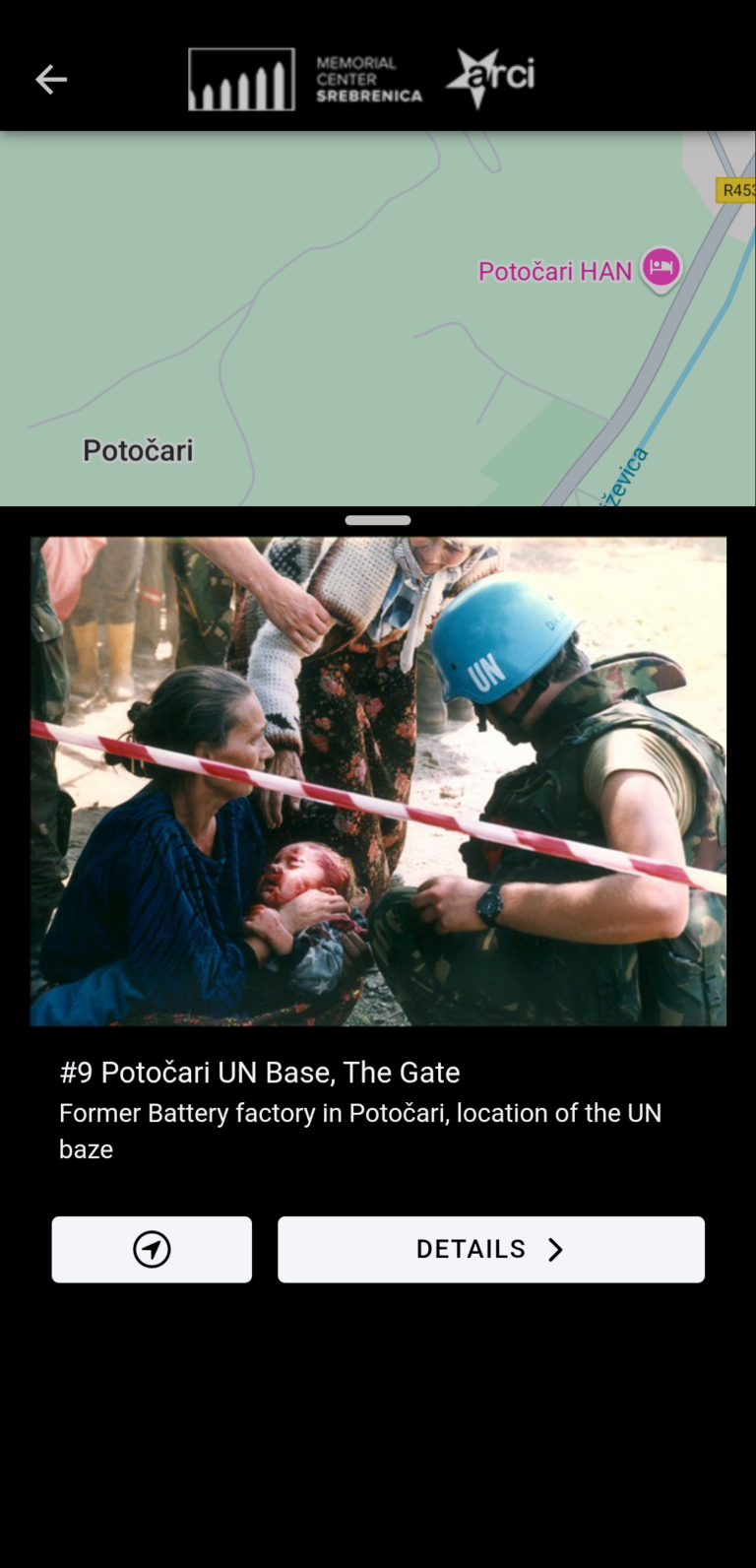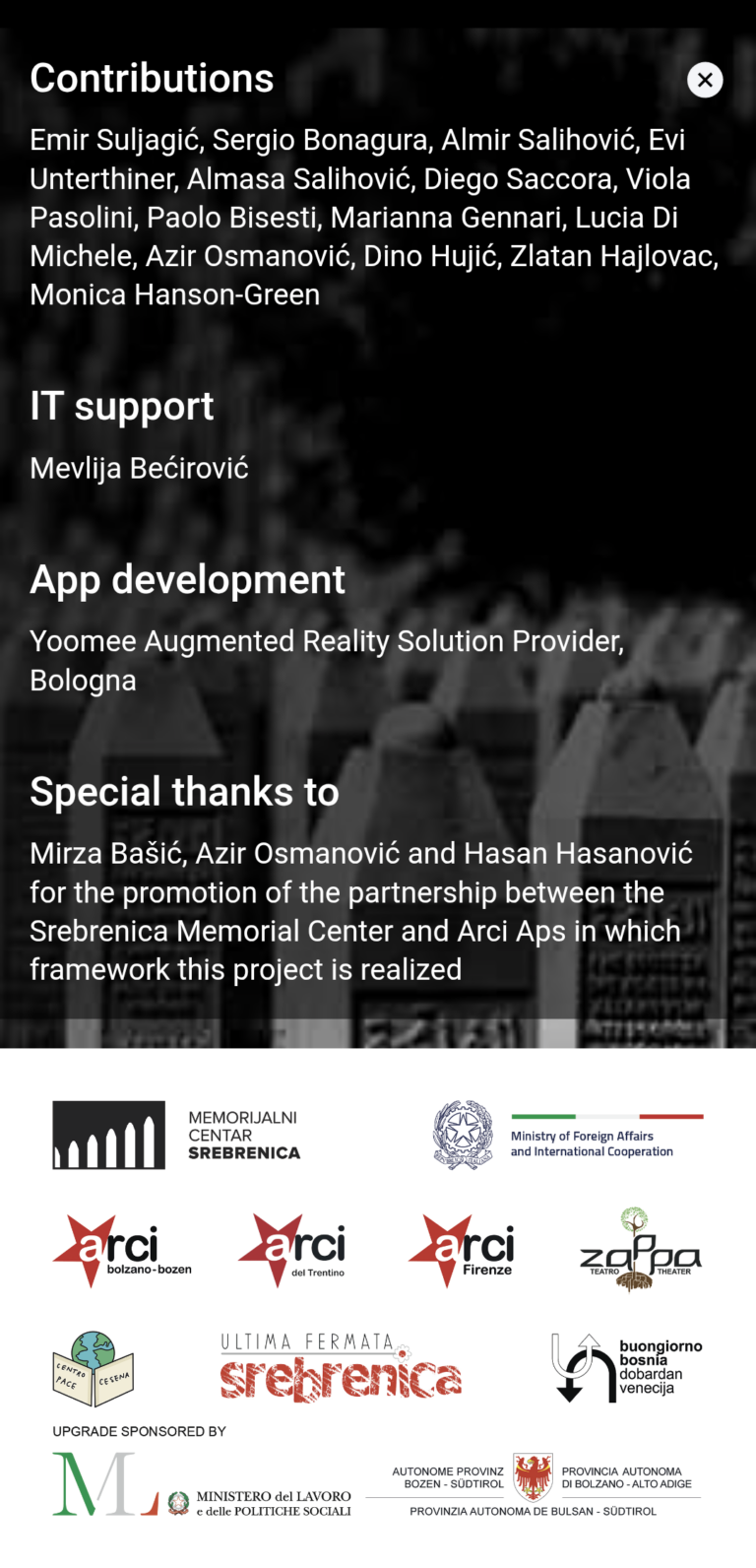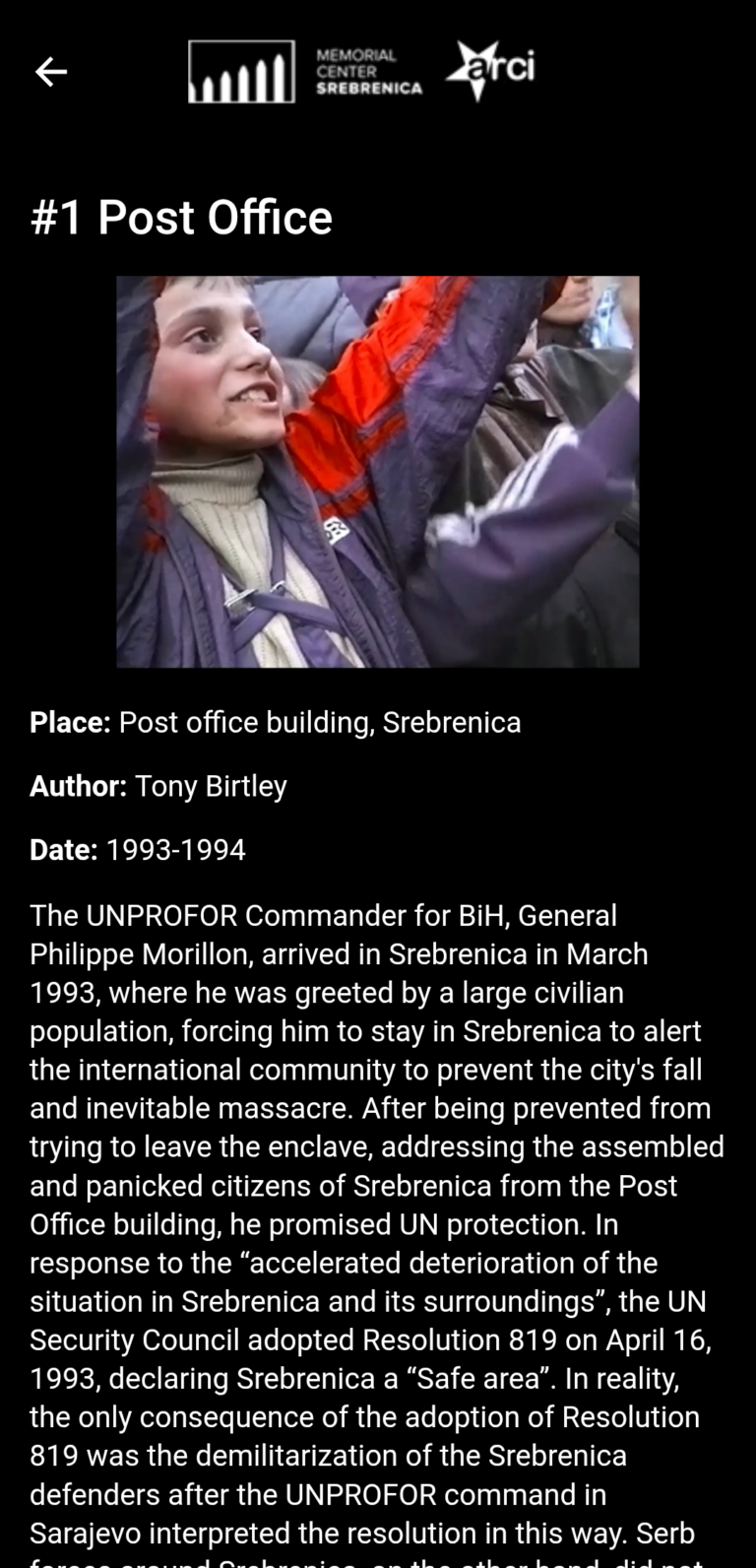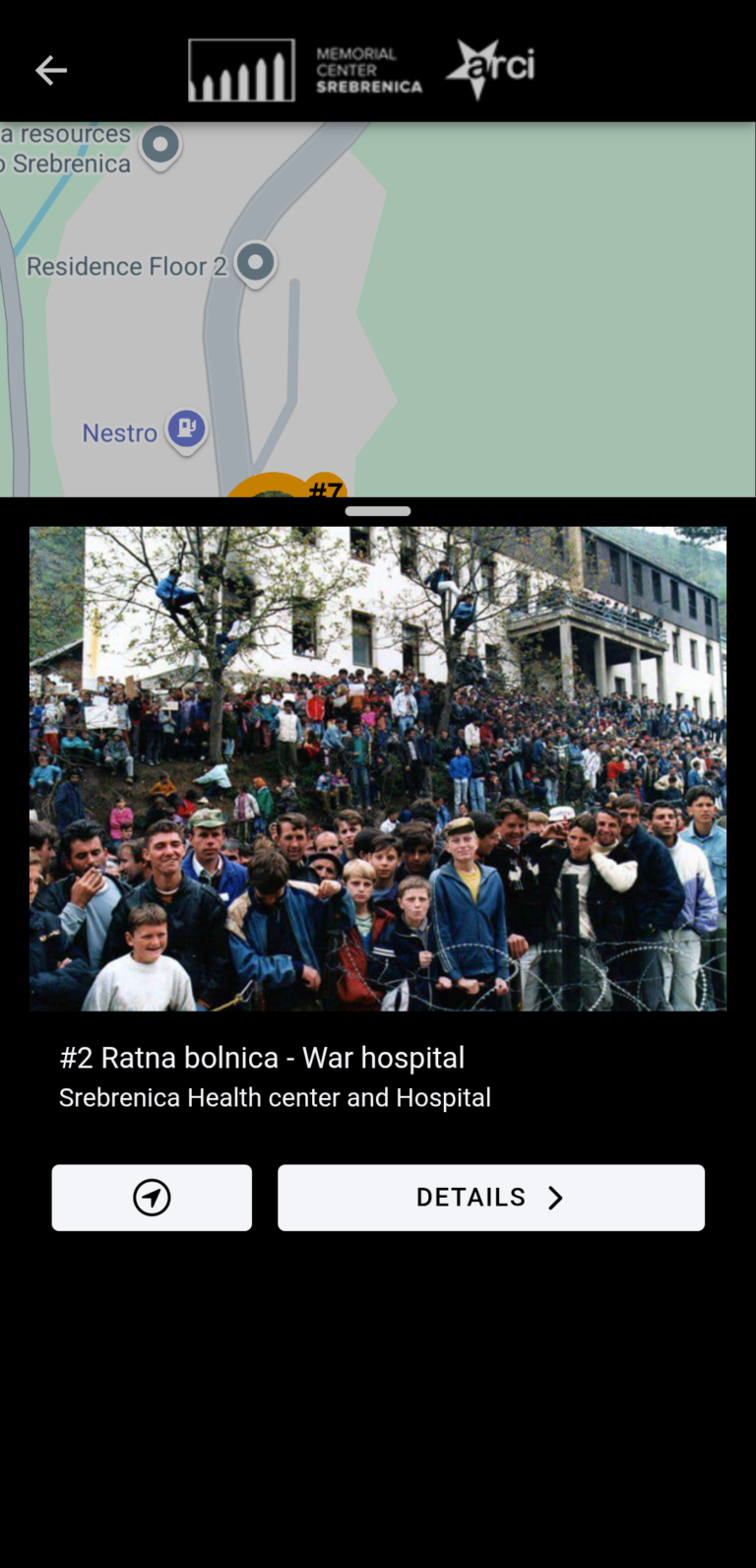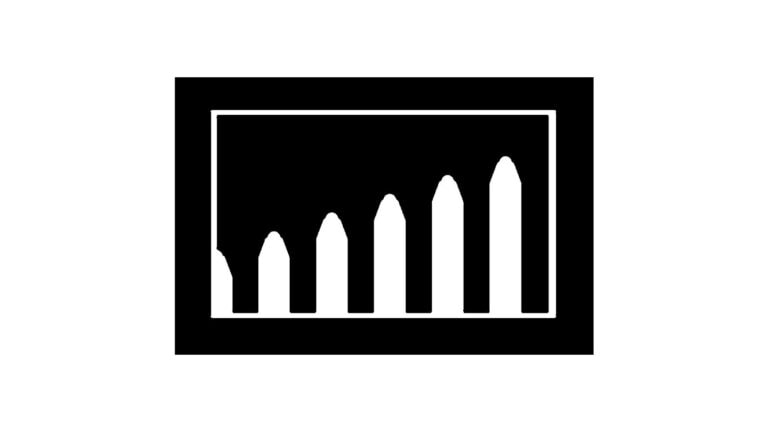
Andrea Rizza Goldstein: ‘Places speak. Places tell stories.’
K2.0 talks to Goldstein about how memorialisation is being reshaped in the digital era.
|10.07.2025
|
You can see the difference between what a community wants to remember and wants to forget.
Memory should open a discussion about what happened before.
If the lessons from Auschwitz are about the importance of human rights, the lessons from Srebrenica are about the need for the instruments to prevent genocide.

David Chmielewski
David Chmielewski is an editorial intern at Kosovo 2.0. He is a recent graduate of Princeton University, where he majored in English and focused on decolonial theory and critical thought. David is in Kosovo on a Fulbright grant.
This story was originally written in Albanian.
Want to support our journalism? Join "HIVE" or consider a donation.
